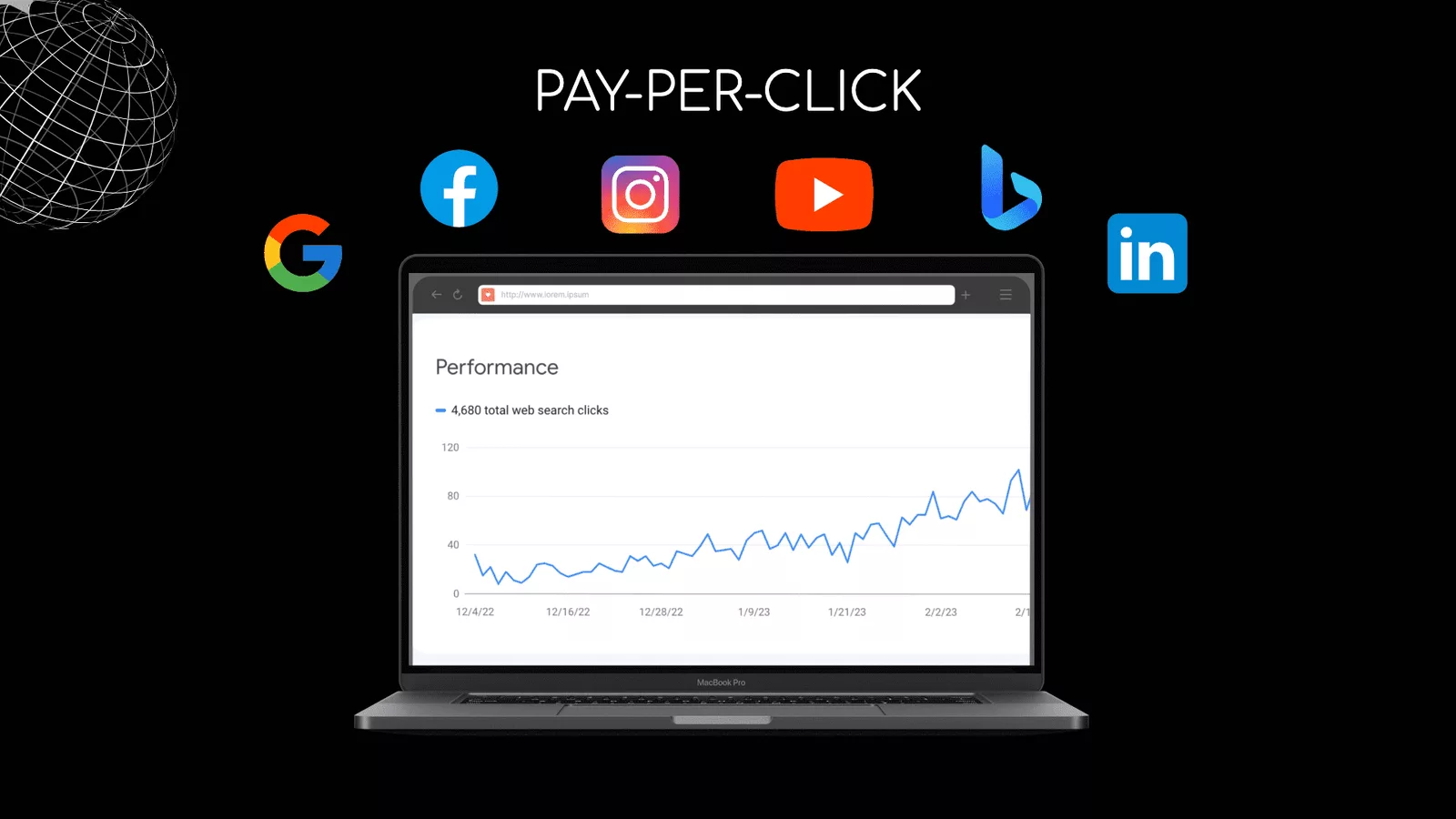If you’re running a pay-per-click (PPC) campaign, the ultimate goal is to convert clicks into leads and sales.
But what happens when your conversion rate is lower than you’d like? In this article, we’ll explore 15 proven strategies for improving your PPC conversion rate and maximizing your ROI.
Introduction
PPC advertising is an excellent way to drive targeted traffic to your website, but it can be costly. The last thing you want is to spend your hard-earned money on clicks that don’t convert. Fortunately, there are many things you can do to improve your PPC conversion rate and get the most out of your campaign.
Define your conversion goals
Before you start optimizing your PPC campaign, you need to define your conversion goals. What action do you want visitors to take when they land on your site? Do you want them to fill out a form, make a purchase, or sign up for a newsletter? Once you know your conversion goals, you can start optimizing your campaign to achieve them.
Request Free Review
We start by reviewing your website and then take a look at your current ranking in SERPs.
- Unlock Your Website’s Potential with Our Comprehensive Analysis.
- Outrank Your Competitors with Our Expert Insights and Recommendations.
- Ways for increasing website traffic.
- Get Tailored Recommendations to Achieve Better Results Online.
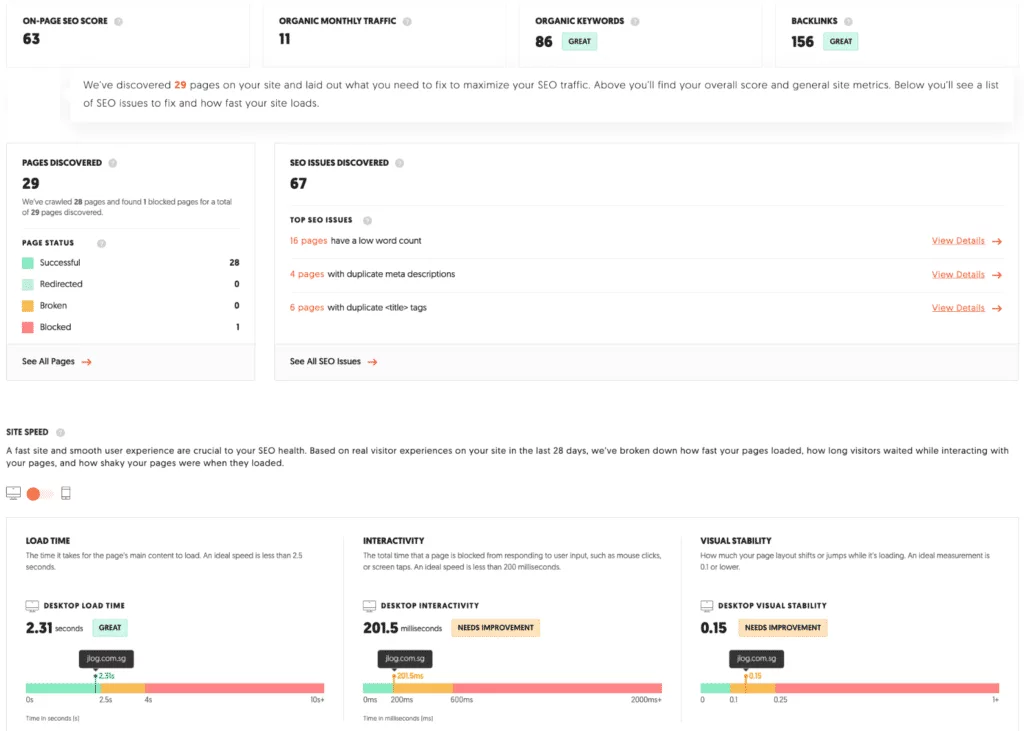
When it comes to PPC advertising, defining your conversion goals is crucial. Here’s a step-by-step guide on how to do it in a friendly tone of voice and third person point of view.
1. Start with the objectives
The first step is to define your overall business objectives. What are you trying to achieve through your PPC campaigns? Is it more sales, leads, or website traffic? Whatever it is, make sure it aligns with your company’s goals.
2. Focus on the conversions
Once you’ve identified your objectives, focus on the conversions that matter. For instance, if your goal is to generate more sales, make sure you’re optimizing for conversions that lead to sales.
3. Utilize the conversion tracking tool
To measure your conversions accurately, use the PPC conversion tracking tool. It will enable you to evaluate your campaigns’ performance and optimize them for better results.
4. Select and edit your conversion goals
When creating new campaigns, make sure to select and edit conversion goals that align with your business objectives. This will ensure that you’re fully optimizing for the conversions that matter most.
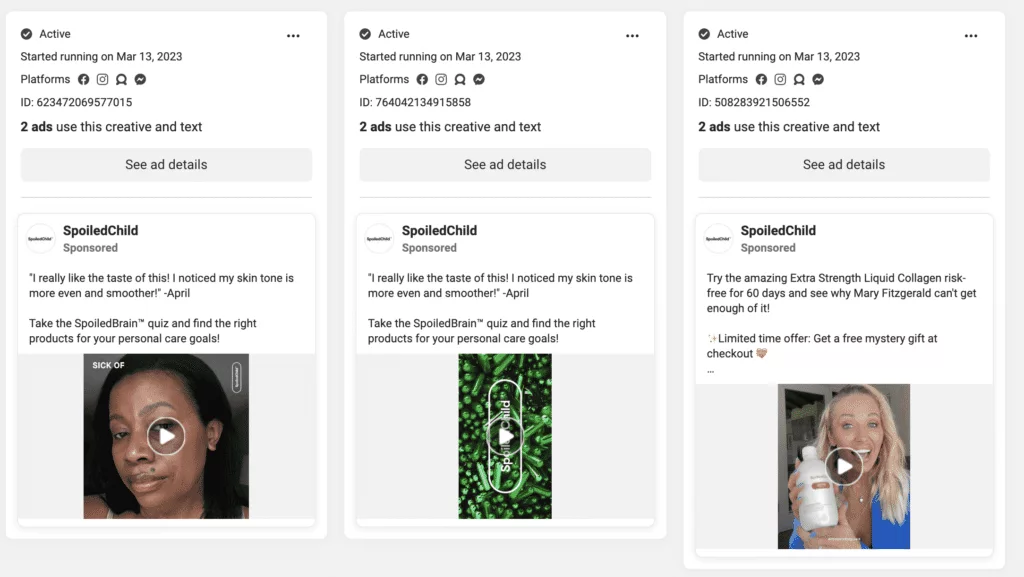
Conduct keyword research
Keyword research is the foundation of any successful PPC campaign. You need to know what keywords your potential customers are using to find your products or services.
1. Start by brainstorming ideas based on the goal for the paid search campaign. The site’s copy should already provide keywords that can be used by the campaign.
2. Use Google’s Keyword Planner to type in relevant queries and find new keywords. It’s also possible to enter the URL of competitors or high authority sites to get keyword suggestions.
3. Tools like SpyFu can help find the keywords that competitors are ranking for. Create a list of these keywords and use them in the campaign.
4. Assess the search intent of the keywords to determine how they will perform. Long-tail keywords may have less competition but higher intent, for example.
5. Group keywords together based on their intent and theme. This makes it easier to track performance and optimize bidding.
6. Use negative keywords to filter out irrelevant queries. This reduces ad spend and improves the campaign’s ROI.
7. Monitor keyword performance and constantly adjust the bid to ensure the campaign meets its goal. Use analytics to track conversion rates and ROI to optimize the campaign further.
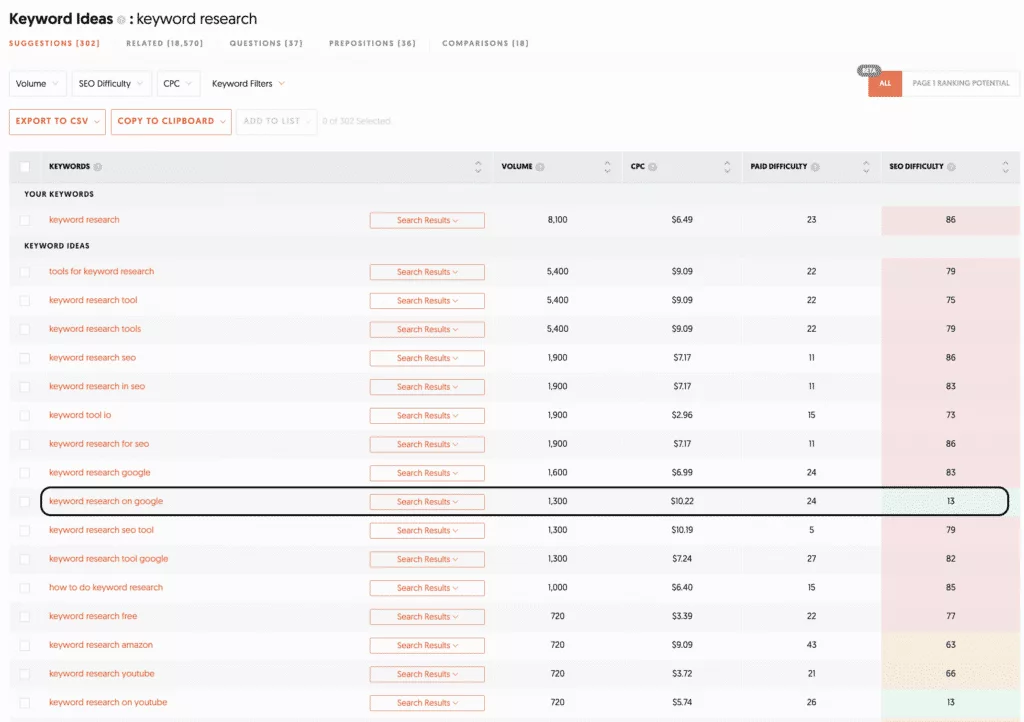
Optimize your ad copy
Your ad copy is the first thing your potential customers see, so it needs to be compelling and relevant. Use your keywords in your ad headlines and descriptions, and highlight the unique value proposition of your products or services. Include a strong call-to-action that encourages visitors to click through to your landing page.
Use negative keywords
Negative keywords are search terms that you don’t want your ad to appear for. For example, if you’re selling luxury watches, you might want to exclude terms like “cheap watches” or “discount watches.” Using negative keywords can help you target your ads to the right audience and improve your conversion rate.
Optimize your landing pages
Your landing page is where the magic happens. It needs to be visually appealing, easy to navigate, and optimized for conversions.
Use a clear and concise headline that highlights the benefits of your products or services, and include a strong call to action that encourages visitors to take the desired action.
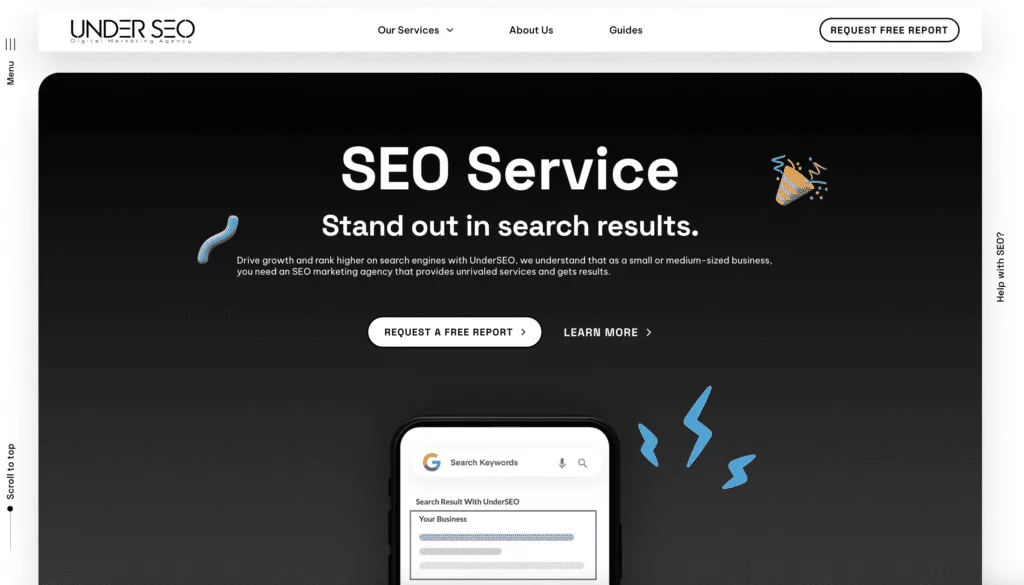
Implement A/B testing
A/B testing involves creating two or more versions of your ad or landing page and testing them against each other to see which one performs better. This can help you identify the elements that are driving conversions and optimize your campaign accordingly.
1. Understand the Importance of A/B Testing
A/B testing is crucial for PPC campaigns because it allows marketers to identify what works and what doesn’t work. It also helps to optimize ad campaigns for higher ROI.
2. Choose the Right Element to Test
To get the most out of A/B testing, it’s important to choose the right element to test. This could be anything from ad copy, ad design, landing page layout, or even the offer.
3. Create Two Variations
Once the element to test has been identified, create two variations of the element with one variation acting as the control (original) and the other as the variant (test).
4. Set the Test Objectives
The test objectives should be clearly defined and focused on achieving a specific goal, such as increasing click-through rates, improving conversion rates, or reducing bounce rates.
5. Set the Test Parameters
The test parameters should be clearly defined so that the test can be accurately measured. This includes determining the length of the test, the traffic source, and the target audience.
6. Launch the Test
Once the test has been set up, launch the test and monitor the results closely. Collect data on both the control and the variant so that a comparison can be made.
7. Analyze the Results
After the test period is over, analyze the results and determine which variation is performing better. Use this information to optimize the ad campaign for higher ROI.
8. Repeat the Process
A/B testing is an ongoing process that requires regular testing and optimization. Repeat the process on a regular basis to ensure that the ad campaign is performing at the highest possible level.
Use remarketing
Remarketing allows you to target visitors who have already interacted with your website or ads. By showing them targeted ads, you can remind them of your products or services and encourage them to take action. Remarketing can be an effective way to improve your conversion rate and maximize your ROI.
Utilize social proof
Social proof is a powerful psychological concept that can influence people’s behavior. By showcasing positive reviews, ratings, or testimonials on your landing page, you can create a sense of trust and credibility that can improve your conversion rate.
Improve site speed
Site speed is a critical factor in both user experience and conversion rate optimization. If your website takes too long to load, visitors are more likely to abandon it and move on to a competitor’s site. Use tools like Google PageSpeed Insights to identify areas for improvement and optimize your site speed for better performance.
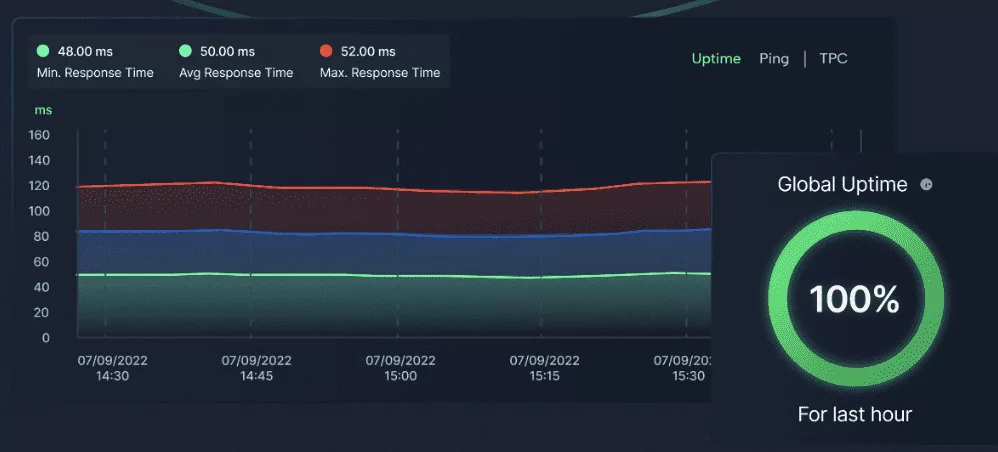
Simplify the conversion process
The easier it is for visitors to convert, the more likely they are to do so. Simplify your conversion process by minimizing the number of form fields, providing clear instructions, and optimizing your mobile experience. This can help reduce friction and improve your conversion rate.
Target the right audience
Targeting the right audience is key to a successful PPC campaign. Use demographic and geographic targeting options to ensure your ads are being shown to the right people. You can also use audience targeting to target people who have previously interacted with your website or are similar to your existing customers.
Monitor and adjust bids
Monitoring and adjusting your bids is essential to maximizing your ROI. Use bid management tools to automate your bidding strategy and optimize your bids for maximum performance.
Regularly review your campaign metrics and adjust your bids as needed to improve your conversion rate and ROI.
1. Understand Bid Management
PPC bid management is a vital aspect of campaign optimization. It enables you to monitor budgets and adjust bids to achieve your targeting objectives.
2. Choose the Right Bidding Strategy
Google Ads offers various bidding strategies. It is essential to select the best one for your campaign objectives. Evaluate factors like CPA, ROAS, and CPC.
3. Avoid Bid Adjusting Pitfalls
Setting bids requires skill and expertise. Avoiding common pitfalls can help you avoid overspending or underbidding. Some issues to avoid include bidding too high or low, ignoring long-term data trends, and failing to monitor your automation rules.
4. Utilize Bid Adjustments
Bid adjustments allow you to increase or decrease your bids by a percentage value. Adjust bids based on where, when, or what device people are using to view ads. This tactic can help you show your ads more or less frequently, depending on your targeting preferences.
5. Monitor and Adjust Your Automation Rules
Automation rules are helpful but require monitoring. Assess your bidding strategies regularly to determine if they work for your campaign. Adjust rules periodically to optimize your bid management.
6. Focus on Strong Periods
Instead of focusing on specific hours, adjust bids during strong periods of the week. This approach can optimize your campaigns to perform better when traffic is high.
Stay competitive
Staying competitive in a crowded marketplace can be challenging, but it’s essential to maintaining a successful PPC campaign. Stay up-to-date with industry trends and best practices, monitor your competitors’ ads and landing pages, and adjust your campaign accordingly to stay ahead of the curve.
Track and analyze results
Tracking and analyzing your campaign results is essential to improving your conversion rate and maximizing your ROI. Use tools like Google Analytics to track your conversion rate, bounce rate, and other key metrics. Use this data to identify areas for improvement and optimize your campaign accordingly.
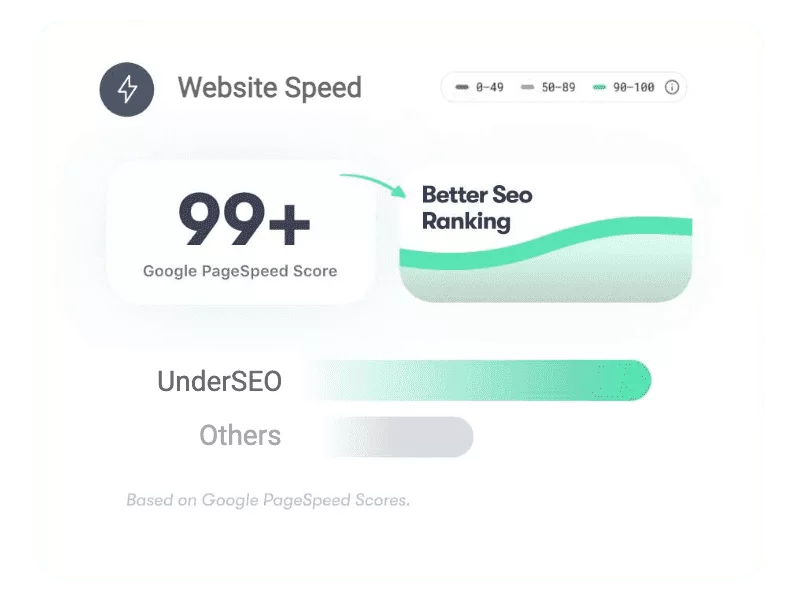
Need Some Help?
PPC’s Guide: How to Improve Your PPC Conversion Rate
Conclusion
Improving your PPC conversion rate requires a comprehensive strategy that involves optimizing every aspect of your campaign. By defining your conversion goals, conducting keyword research, optimizing your ad copy and landing pages, using negative keywords, and implementing A/B testing, you can improve your conversion rate and maximize your ROI.
FAQs
What is a good PPC conversion rate?
A good PPC conversion rate varies depending on your industry and conversion goals. However, the average conversion rate for Google Ads is around 3.75%.
How long does it take to see results from a PPC campaign?
It typically takes a few weeks to see results from a PPC campaign. However, it can take longer to see significant improvements in your conversion rate.
How much should I budget for a PPC campaign?
Your budget will depend on your industry, competition, and conversion goals. Start with a small budget and gradually increase it as you see results.
How do I know which keywords to target?
Use a keyword research tool like Google Keyword Planner to identify relevant keywords and phrases. Focus on keywords that have high search volume and low competition.
How often should I review and adjust my PPC campaign?
You should review and adjust your PPC campaign regularly, at least once a month. Monitor your campaign metrics and adjust your bids and targeting as needed to improve your conversion rate and ROI.

